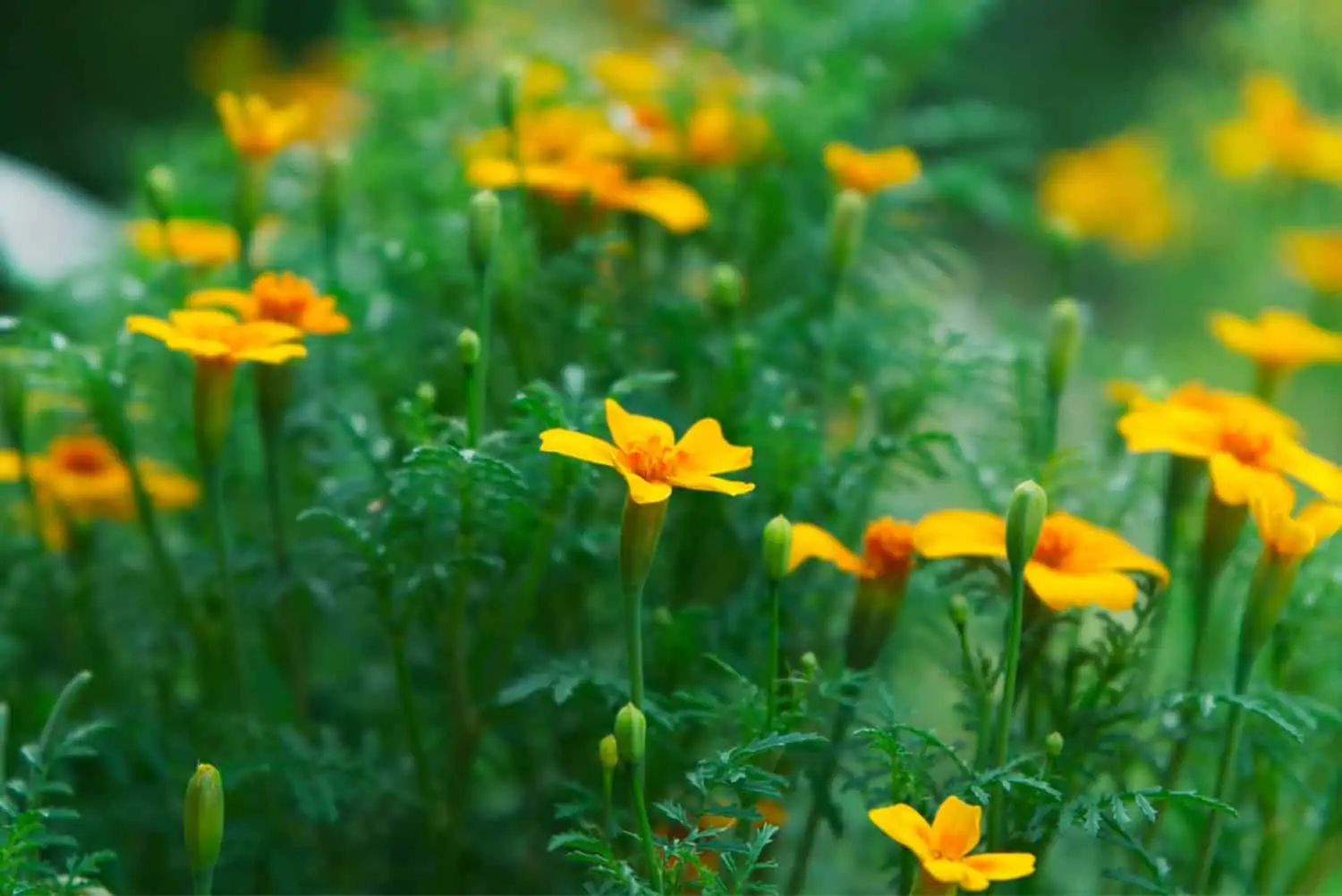Jennifer Fitchett, University of the Witwatersrand
I have always been interested in the weather, climate and climate change, but I’ve also been interested in people, health and biology. I’ve been luckly to find a space where all these interests come together. I am a biometeorologist. I work at a university, and teach on topics on climate and environmental change, and do research in the field of biometeorology.
What is a biometeorologist, you might ask? Biometeorologists are applied climatologists, who do research on the impact that climate change has on plants, animals and people.
Maybe you’re wondering what a climatologist is. Well, climate refers to the long term average weather in a particular place over a period of 30 years or more. A climatologist is someone who studies the weather and the climate, trying to understand why it rains when and where it does, and when we might expect a heatwave or a large storm or even snow. They cannot, however, tell you whether it will rain this afternoon – that is what a meteorologist does.
Climatologists look at data over long time periods of decades to centuries to understand patterns in the weather and what causes them. And biometeorologists explore the impact that the weather, climate, seasons, heatwaves, storms and droughts have on a range of natural responses like when plants flower, when birds migrate, the timing of the cold and flu season, the areas where malaria is common, people’s risk of experiencing heat stress, and the satisfaction of tourists.
So, why would you want to do a job similar to mine, and become a biometeorologist or a climatologist?
Improving our understanding of climate
Greta Thunberg, a young environmental activist from Sweden, has argued that we shouldn’t. She argues that we need urgent action in reducing our carbon emissions, rather than spending more time studying the climate and understanding climate change.
I disagree – the two are not mutually exclusive, and we don’t already have all of the facts and solutions. We do need to move towards renewable energy, such as solar, wind and hydroelectric power, so that we don’t emit as much carbon dioxide and other greenhouses gases into the atmosphere. This is important in limiting the severity of climate change in future decades, and in the long-term hopefully reversing climate change. However, we also need to understand the climate changes that are already occurring, and those likely to be experienced in the next few decades, so that we can adapt to it.
What we don’t know yet, in complete detail at least, is what that 1.5°C warmer world will look like. One question that I ask in my work, for example, is what will happen to tropical cyclones such as Idai which devastated Mozambique in 2020.
We know that these high intensity tropical cyclones are likely to happen more often and get bigger and stronger. But we’re not certain where they will occur, and therefore who might be affected.
In recent decades they have been moving towards the north and south poles. But climate models suggest they could move towards the equator instead. So we need more information about the dynamics of these storms and the human populations along the coastline so that people can prepare better. These high intensity storms are already happening, and will continue to do so even if we are able to successfully reduce our carbon emissions.
This is just one example. The impacts of climate change are highly specific to an individual region – while one area will get drier, another will get wetter, and some regions will get much hotter than others.
Adaptation
Understanding climate and the specific climatic changes that are projected for a region is important in helping people adapt to the climate change future. Adaptation could involve building retaining walls along the edge of coastal properties to prevent large waves from flooding houses close to the beach, insulating houses in areas that will become very hot, and building desalination plants – where seawater is converted into fresh, drinking water – for drought-prone coastal towns.
Each of these requires people to do something now about the effects we will experience in future. Doing something often takes a lot of time and money. To make good investments it’s very important to know what climate threats we are likely to face, and when.
Fieldwork
So, you should become a biometeorologist or a climatologist to help tackle the climate crisis. But you should also do it because it’s fun.
Although some of our time is spent behind a computer screen analysing data, much of the data we get is from exciting places. Fieldwork could involve visiting school playgrounds to measure their temperatures, or travelling to Tanzania to attach small instruments to coffee trees to monitor the temperature. We also travel to archives to find evidence of the impact of climate change on the flowering dates of trees, and the migration timing of fish.
If you enjoy travelling, and using equipment to measure changes in the world around you, this is a good job for you.
Variety
Biometeorology is a great career if you, like me, struggle to decide what career to pursue. This is because it is highly interdisciplinary. That means that it draws from a range of different subjects or fields of research.
It involves school subjects like natural science (or biology), physical science (physics and chemistry), history, social science and mathematics. Even at university level it draws from a range of subjects – very few universities have dedicated programmes in biometeorology or even climatology.
It means working with climatologists, medical doctors, urban and regional planners, civil engineers and architects, sports scientists, zoologists, biologists, ecologists, mathematicians and many, many more. The list and possibilities are endless.
Jennifer Fitchett, Associate Professor of Physical Geography, University of the Witwatersrand
This article is republished from The Conversation under a Creative Commons license. Read the original article.
